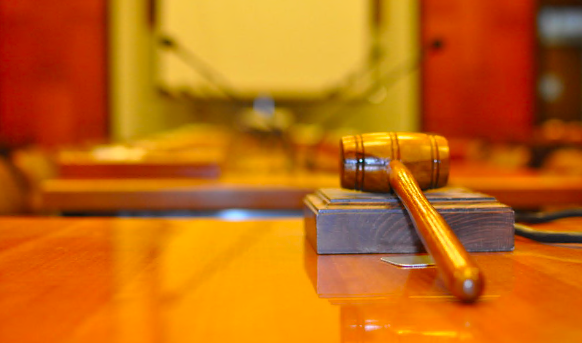Landlord Bites Tenant: Suing Tenant for Damages Upheld
December 27, 2011
December 27, 2011 Email Blast To Select Clients — Subscribe to Our Mailing List, By Jay B. Itkowitz
The Appellate Division, First Department, has upheld a Landlord’s right to sue a Tenant for nuisance and damages arising from the alleged interference by Tenant with Landlord’s building operations in Chelsea 18 Partners, LP v. Sheck Yee Mak, 933 N.Y.S.2d 204 (1st Dept. 2011). In doing so, the appellate court reversed the lower court’s dismissal of the case, in which the Landlord sought ejectment of Tenant and compensatory and punitive damages for what appears to be a sustained and intentional interference with Landlord’s efforts to run the building.
The case is especially interesting because the appellate court found that the lower court abused its discretion in dismissing the case on the ground that it should have been brought in the Housing Court part of the Civil Court, which is usually favored as the forum for resolving disagreements between landlords and tenants.
The case is admittedly extreme in that Landlord alleged that Tenant: engaged in a “four-year campaign of premeditated and malicious harassment” to prevent Landlord from collecting rent and managing the building; illegally altered the bathroom and electrical fixtures and then complained to the New York City Department of Buildings that the plumbing and electricity were deficient; caused violations to be issued against the property; and applied for rent reductions based upon Landlord’s failure to make repairs after refusing Landlord access to make such repairs.
The court specifically held that a nuisance complaint seeking ejectment and damages can be brought in Supreme Court in a direct dispute between an owner and a tenant. Landlord must show substantial and intentional interference and unreasonable behavior in connection with a person’s property right to use and enjoy land caused by action or failing to act.
The court’s reasoning and the standards set forth in the opinion can likely be applied to less egregious but compelling situations. As such, this case is an important landmark that can be utilized by owners dealing with difficult tenant situations.






